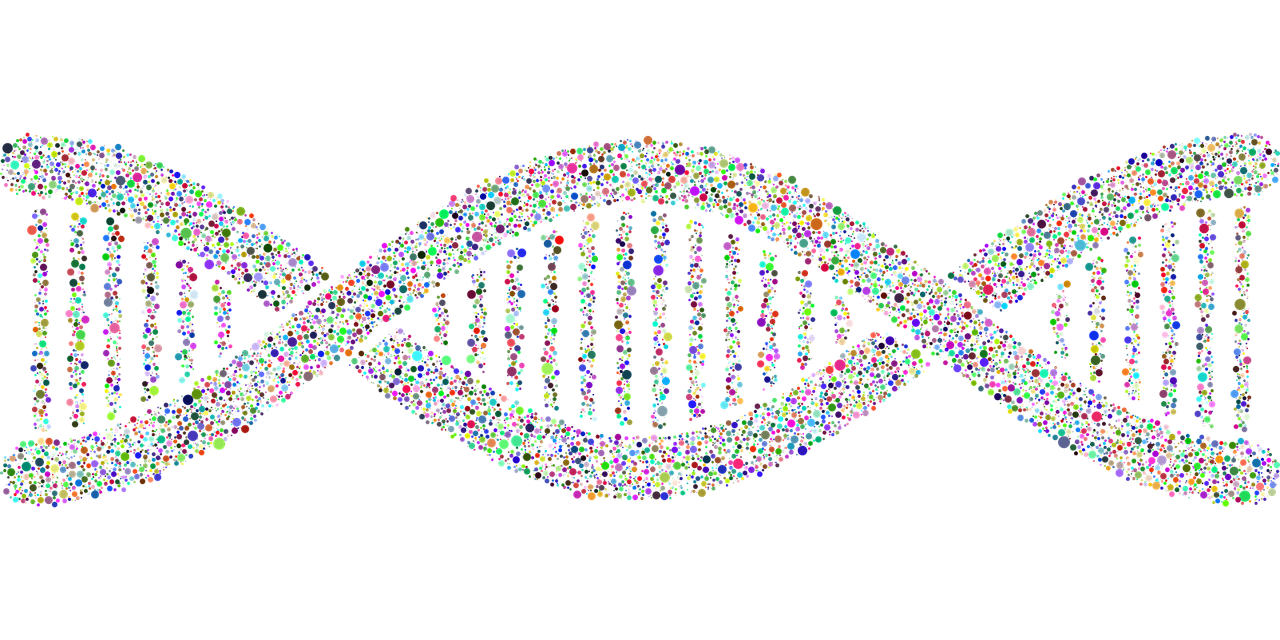RNA sequencing is an experimental methodology where we can determine the sequence of mRNA transcripts in the cell. By mapping these sequences back to a reference genome or transcriptome, we can effectively identify these transcripts and quantify their abundance in a given sample. The reason that these mRNA transcripts are important in the first place […]
Category: Bioinformatics
Transformer Models in Bioinformatics
In the fast-evolving landscape of bioinformatics, where vast amounts of biological data are generated daily, a new class of AI models has emerged as a game-changer in sequence and genome analysis, gene expression prediction, proteomics, multi-omics data integration for cancer classification, and spatial transcriptomics: Transformers. Originally developed for natural language processing (NLP), Transformers have found […]
Exploring Protein-Protein Interaction Networks
The central dogma of molecular biology refers to the intricate cellular system that spans DNA replication, its transcription into RNA, and the translation of mRNA into proteins to carry out various functions. While the abundance and activity of these proteins determine cellular phenotype (note: these factors also depend on the rates of DNA transcription and […]
Genome Wide Association Studies: A Quick Overview
Genes play a crucial role in determining many aspects of our biology, from simple traits like eye color to complex diseases like diabetes and cancer. Genome-Wide Association Studies (GWAS) are designed to understand how specific genes, and in particular, their variants, influence phenotypic outcomes. What is GWAS? GWAS is a method […]
